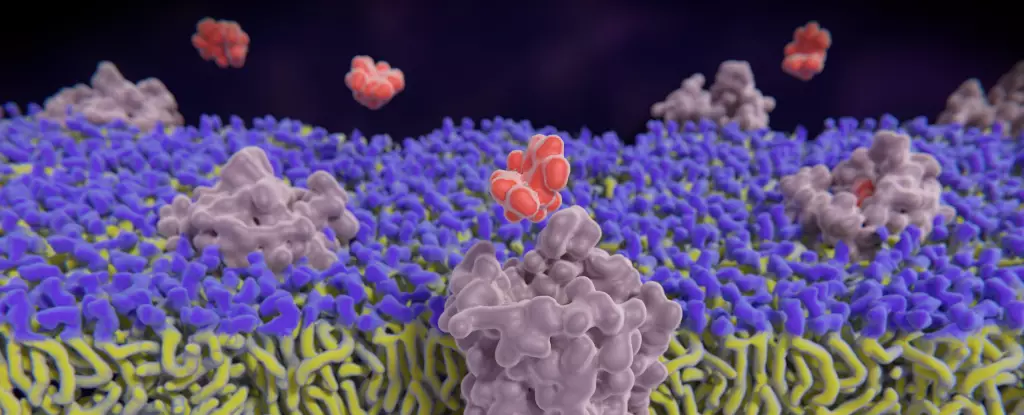The study led by researchers from the University of California Davis sheds light on the complexities of opioid receptors and how little we truly understand about how these drugs operate within the brain. While the general public may associate opioids with drugs like heroin and fentanyl, the human body has its own opioid system that plays a crucial role in the brain’s reward and aversion pathways. This system consists of three main receptors – kappa (κOR), delta (δOR), and mu (µOR) – which are activated by various amino acids released in response to pleasure, pain, and stress.
Endorphins, often referred to as “endogenous morphine,” are the most well-known opioid neuropeptides. However, there are numerous other neuropeptides that play a role in the opioid system. These neuropeptides interact with the opioid receptors in a complex manner, with different opioids binding more or less strongly to each receptor. This results in a nuanced activation of the receptors, more akin to a dimmer switch than a simple on/off mechanism.
One of the primary challenges in studying the opioid system is the minuscule concentrations of neuropeptides involved. These concentrations are significantly lower than those of classical neurotransmitters, making it difficult to study the processes that regulate opioid neuropeptide release. Additionally, the wide range of synthetic opioids further complicates the study of how these substances interact with the brain and its receptors.
A New Technique for Studying Opioid Receptors
The study introduces a novel approach to studying opioid receptors by utilizing fluorescing biosensors that respond to the activation of each receptor. These biosensors emit fluorescence when a substance binds to the receptor, allowing researchers to observe the real-time activity of opioids within a living brain. The fluorescence diminishes as the receptor returns to its inactive state, providing valuable insights into the mechanisms of opioid action.
Beyond advancing our understanding of the opioid system, the findings have promising implications for the development of treatments for anxiety, depression, and pain relief. By gaining a better understanding of how opioids interact with the brain’s receptors, researchers may be able to identify new approaches to managing these conditions without the risks of addiction associated with traditional opioid drugs.
The study highlights the complexities of opioid receptors and the challenges researchers face in unraveling the mysteries of how these drugs operate within the brain. By employing innovative techniques like fluorescing biosensors, scientists are making significant strides towards a more comprehensive understanding of the opioid system and potentially unlocking new avenues for treatment and intervention.



Leave a Reply